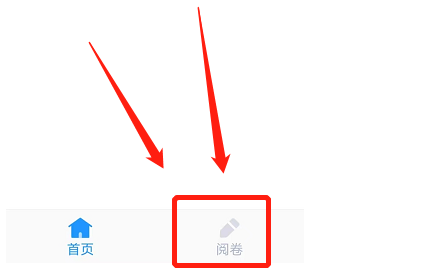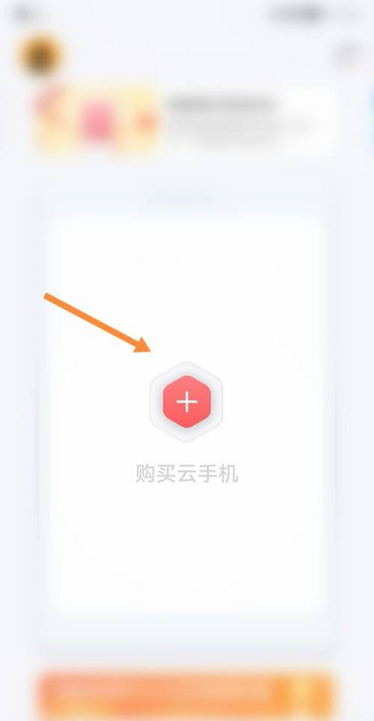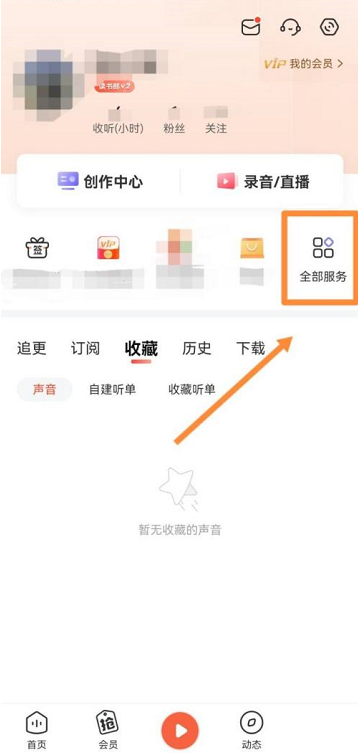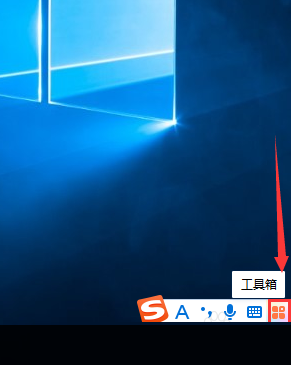【相关推荐:javascript视频教程、vue.js教程】
 (资料图)
(资料图)
vue-router的安装与使用
一、安装
步骤1:安装vue-router
npm install vue-router --save
步骤2:在模块化工程中使用它(因为是一个插件,所以可以通过Vue.use()来安装路由功能)
导入路由对象,并调用Vue.use(VueRouter)
创建路由实例,并传入路由映射配置
在Vue实例中挂载创建的路由实例
二、使用
创建的router的配置文件在src下的router文件夹下的index.js文件中
index.js中内容如下:
注:虽然在这里已经注册了router,但是其需要被挂在在vue上,才能起作用。
挂载方法:
在src文件下的main.js中引入router,并挂载在vue实例上。
//main.jsimport Vue from "vue"import App from "./App"import router from "./router"Vue.config.productionTip = false/* eslint-disable no-new */new Vue({ el: "#app", router, render: h => h(App)})实际使用案例:
App.vue中关键配置如下:
<script>export default { name: "App", data(){ return{ userId:"yzk" } }, methods: { aboutClick() { // 通过代码的方式修改路由 vue-router // 不能如下操作:此操作会绕过路由进行修改,违背初衷 // history.pushState({},"","home") // this.$router.push("/home"); this.$router.replace("/home"); console.log("about"); }, homeClick() { // this.$router.push("/about"); this.$router.replace("/about"); console.log("home"); }, userClick(){ this.$router.push("/user/"+this.userId); }, profileClick(){ this.$router.push({ path:"/profile", query:{ name:"kobe", age:18, height:1.98 } }) } },};</script>我是app组件
首页 关于 用户 档案
Router的index.js文件如下:
// 配置路由信息import Vue from "vue"import VueRouter from "vue-router"// import Home from "../components/Home"// import About from "../components/About"// import User from "../components/User"// 懒加载,提高效率(因为app.js文件中集成了所有的业务代码,因此请求事件可能较长// 通过将app.js分隔,在需要使用某些js代码的时候,才接收其代码)const Home = () => import("../components/Home")const HomeNews = () => import("../components/HomeNews")const HomeMessage = () => import("../components/HomeMessage")const About = () => import("../components/About")const User = () => import("../components/User")const Profile = () => import("../components/Profile")// 1.通过Vue.use(插件),安装插件Vue.use(VueRouter)// 2.创建VueRouter对象const routes = [ { path: "", // component: Home // 重定向redirect redirect: "/home" }, { path: "/home", component: Home, meta: { title: "首页" }, children: [ { path: "", redirect: "news" }, { path: "news", // 注意这里是没有s的!!! component: HomeNews, }, { path: "message", component: HomeMessage }, ] }, { path: "/about", component: About, meta: { title: "关于" }, }, { path: "/user/:userId", component: User, meta: { title: "用户" }, }, { path: "/profile", component: Profile, meta: { title: "档案" }, }]const router = new VueRouter({ // 配置路由和组件间的映射关系 routes, mode: "history", linkActiveClass: "active"})// 3.将router对象传入到Vue实例中export default router// 导航守卫 前置钩子router.beforeEach((to, from, next) => { document.title = to.matched[0].meta.title console.log("+++"); next()})// 导航守卫, 后置钩子 不需要调用next函数router.afterEach((to,from) => { console.log("----");})main.js中的挂载:
import Vue from "vue"import App from "./App"import router from "./router"Vue.config.productionTip = false/* eslint-disable no-new */new Vue({ el: "#app", router, render: h => h(App)})【相关推荐:javascript视频教程、vue.js教程】
以上就是一文掌握vue-router的安装与使用的详细内容,更多请关注php中文网其它相关文章!











































































